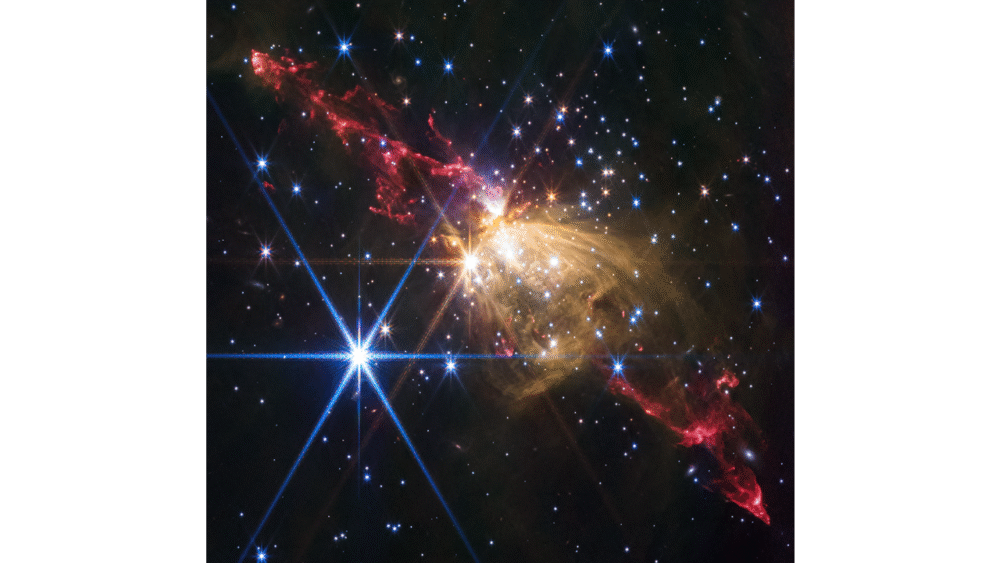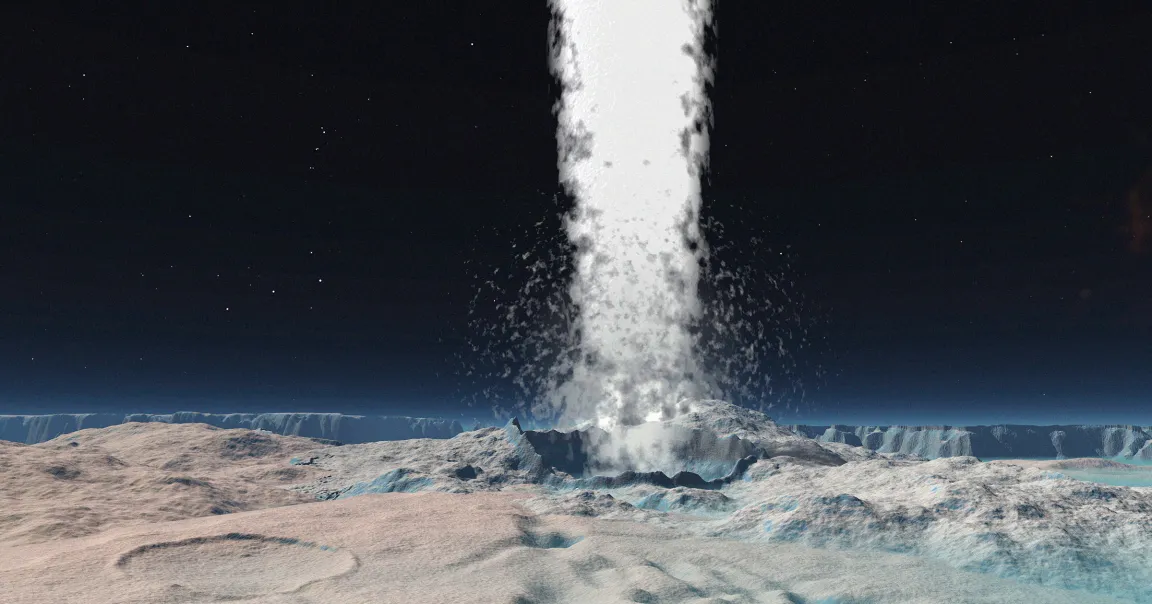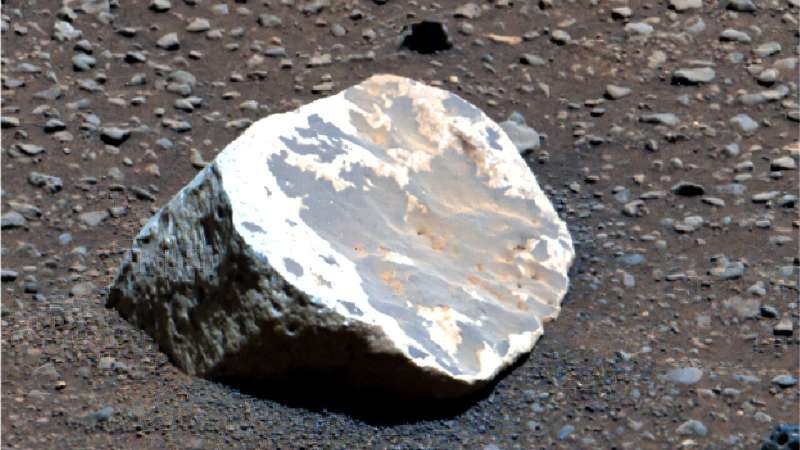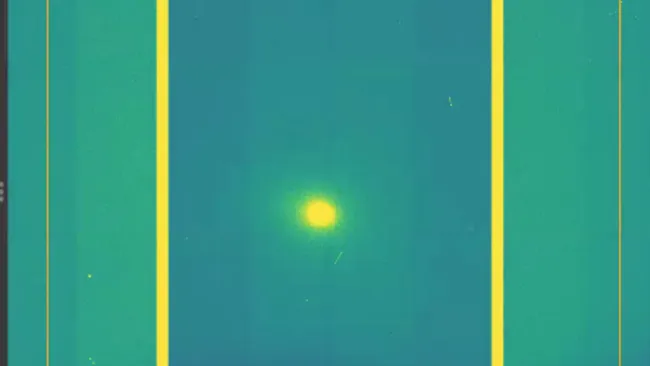NASA’s James Webb Space Telescope has observed a colossal stellar jet emanating from a massive protostar in the Sharpless 2-284 (Sh2-284) nebula, located on the outskirts of our Milky Way galaxy. This discovery marks a significant milestone in astrophysics, providing new insights into the processes of star formation and the dynamics of massive stars.
A Colossal Eruption
The observed stellar jet stretches approximately 8 light-years across, about twice the distance from our Sun to the Alpha Centauri system. This immense outflow of gas and plasma is produced by a rapidly forming, high-mass star. The size and intensity of the jet suggest that the central protostar is undergoing a vigorous accretion process, pulling in surrounding material at an accelerated rate.
Insights into Star Formation
The study of such massive stellar jets is crucial for understanding the mechanisms of star formation, particularly for high-mass stars that significantly influence their surrounding environments. The data collected by Webb’s instruments offer a detailed view of the jet’s structure and composition, allowing scientists to analyze the interactions between the outflowing material and the surrounding interstellar medium.
Implications for Astrophysics
This observation provides valuable information about the scaling of stellar jets with the mass of their parent stars. By comparing the characteristics of the Sh2-284 jet with those from lower-mass star-forming regions, researchers can refine models of star formation and the role of massive stars in the evolution of galaxies.
















Leave a Reply